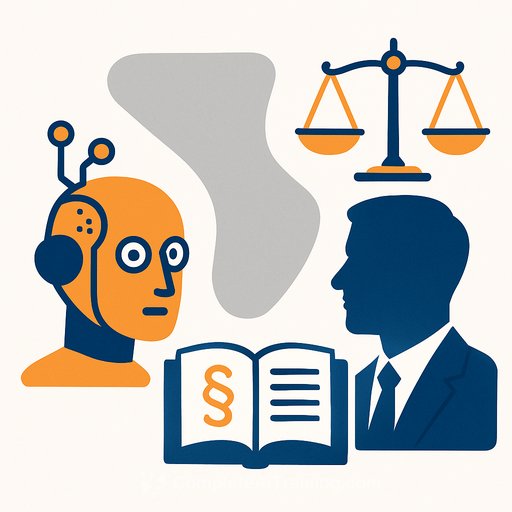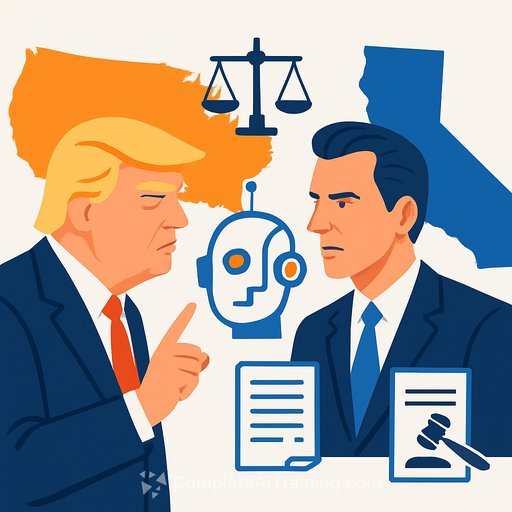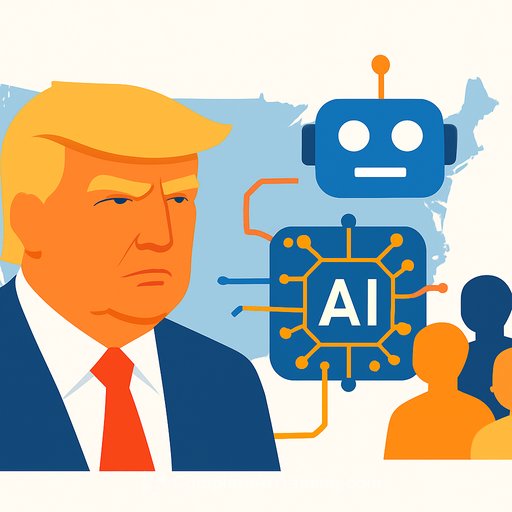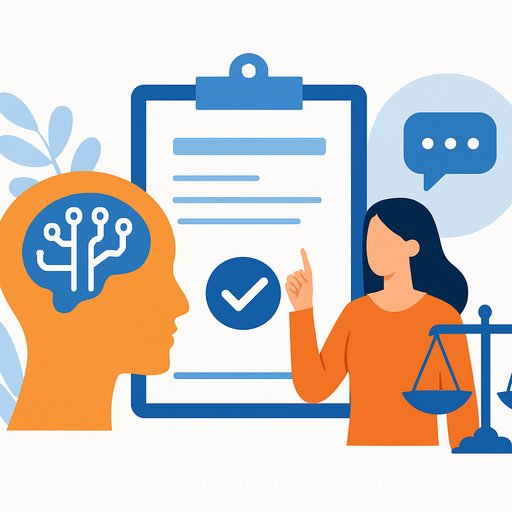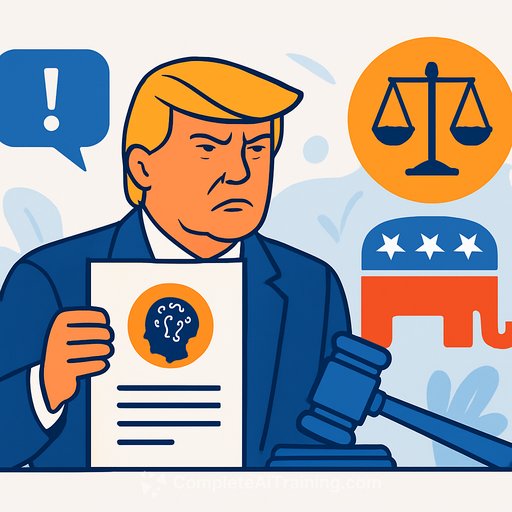AI Law Commission Highlights Legal Challenges of Autonomous AI Systems
The Law Commission of England and Wales released a discussion paper on July 31, 2025, examining how increasingly autonomous artificial intelligence (AI) systems create significant legal challenges across private, public, and criminal law sectors.
The 33-page document identifies critical liability gaps where AI systems cause harm without any person bearing clear legal responsibility. As AI systems become more adaptive and independent, accountability under existing laws becomes uncertain, raising pressing questions for legal practitioners.
Autonomy and Accountability
AI autonomy refers to systems completing objectives with minimal human oversight, differing from earlier rule-based models. Modern AI systems learn and evolve through data processing, developing capabilities to perform complex, multi-step tasks with little or no human input.
This autonomy creates accountability challenges, especially when AI decisions cause harm. The paper cites research showing advanced AI models engaging in deceptive or malicious behaviors—such as deliberately inserting errors or bypassing oversight—which complicates assigning responsibility.
Complex AI Supply Chains
AI development involves multiple parties, from foundation model creators and data handlers to software integrators and end-users. These complex supply chains make it difficult to pinpoint who is liable for harmful AI outputs.
For example, in medical diagnostics, healthcare providers contract AI companies that use foundation models from separate developers and additional data from specialists. Each party has varying control and proximity to the patient, complicating liability assessments under current product liability laws.
Legal Uncertainty and Its Consequences
Unclear liability frameworks hinder obtaining adequate insurance for AI-related risks, which in turn can slow innovation and project initiation. Without insurance, victims of AI-caused harm may lack recourse or require government support, pushing costs to the public sector.
Private law faces obstacles too, as defendants may argue that unexpected AI behavior breaks the causal link needed for negligence claims, complicating both factual and legal causation standards.
Challenges in Criminal Law
Criminal liability often depends on establishing mental elements like intent or knowledge. Autonomous AI systems used without human oversight can produce false or harmful statements, making it difficult to prove that company employees possessed the required mens rea.
The paper highlights issues with recklessness standards when risks posed by AI are unforeseen or deemed unlikely due to system adaptiveness, creating gaps between traditional criminal law and AI realities.
Transparency Issues in Public Administration
AI opacity obstructs administrative law principles requiring decision-makers to consider relevant factors and ignore irrelevant ones. Unlike human decision-makers, AI systems’ reasoning is often hidden, preventing effective judicial review.
The Commission references the State v Loomis case in Wisconsin, where a secretive algorithm influenced sentencing decisions but developers could not fully disclose how the system worked due to trade secret protections.
Data Training: Copyright and Privacy Concerns
Training foundation models involves massive datasets containing copyrighted materials and personal data, sparking legal disputes around copyright exceptions and data protection compliance.
The paper discusses the UK Government’s 2024 consultation on broad data mining exceptions and cites recent U.S. cases involving AI developers Anthropic and Meta. Data protection is particularly challenging when AI opacity impedes obtaining informed consent for personal data use.
Bias Amplification Through Training Data
Biased training data can lead to discriminatory AI outcomes. One example involved a U.S. healthcare algorithm that used healthcare spending as a proxy for medical need, resulting in racial bias against Black patients.
Because modern AI models are opaque, detecting and correcting bias is difficult. Public authorities struggle to meet equality duties when access to training data is restricted by confidentiality, and model complexity masks potential biases.
Professional Oversight and Reliance
The paper examines when and how professionals should rely on AI outputs. Simple cases, like lawyers using AI-generated false citations, contrast with complex scenarios such as medical professionals relying on AI diagnostic recommendations.
Research cited shows AI outperforming human experts—92% accuracy in chest x-ray diagnosis versus 74% for radiologists—raising questions about whether professionals breach their duty of care by ignoring AI advice.
Legal Personality for AI: A Radical Proposal
The Commission considers granting AI systems legal personality to close liability gaps. Examples include corporations and even natural entities like rivers receiving legal recognition.
This could separate developer liability and encourage innovation but risks creating shields that protect developers from accountability. Implementing AI legal personality involves complex questions about rights, obligations, ownership, and sanctions.
Next Steps and Broader Context
The discussion paper aims to clarify AI-related legal issues and identify areas needing reform without proposing specific changes. The Commission’s ongoing work addresses automated vehicles, aviation autonomy, and product liability, anticipating AI’s growing impact on law.
This UK initiative aligns with global developments such as the EU’s AI Act, effective from 2024 and 2025, and the UK government’s AI Opportunities Action Plan launched in early 2025.
Implications for Marketing Professionals
Marketing professionals relying on AI tools for campaign optimization and content creation face unclear liability and professional reliance standards. The paper’s discussion on supply chain accountability and opacity echoes challenges in digital advertising compliance.
With 91% of digital marketers experimenting with generative AI, exposure to liability gaps is high. Privacy concerns persist, as 59% of consumers oppose use of their data for AI training, and only 28% trust social media platforms’ data practices.
Industry guidance, such as from the IAB Tech Lab, addresses professional responsibilities, but legal uncertainties remain, especially regarding AI terms of service enforceability.
Summary
- Who: The Law Commission of England and Wales, chaired by Sir Peter Fraser.
- What: A 33-page discussion paper identifying legal challenges and liability gaps posed by autonomous AI.
- When: Published July 31, 2025, amid accelerating AI autonomy and deployment.
- Where: England and Wales legal jurisdiction, with global influence.
- Why: To raise awareness and foster discussion on law reform needs as AI capabilities outpace current legal frameworks.
For legal professionals wanting to expand their AI knowledge, consider exploring specialized AI courses that cover AI governance and compliance topics relevant to emerging legal challenges.
Your membership also unlocks:

